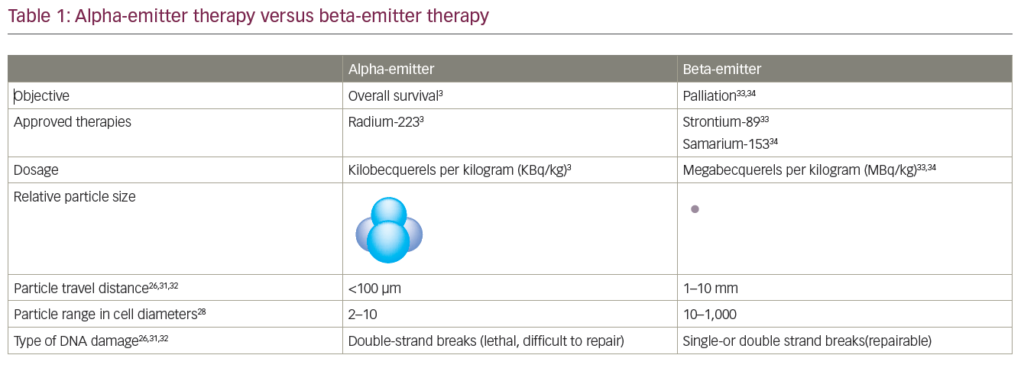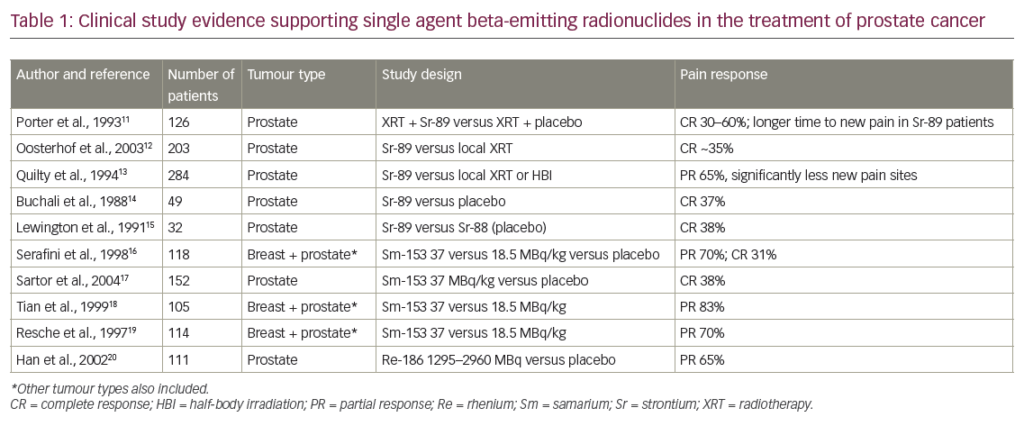Q. What are the limitations of current methods of detecting biochemical recurrence of prostate cancer?
The recommended imaging techniques for the diagnosis of metastases in prostate cancer are 99m-Tc bone scintigraphy for bone metastases and computed tomography (CT) or magnetic resonance imaging (MRI) for lymph nodes. These two techniques have a very low sensitivity–specificity for detecting early metastatic spread. The consequence of this is that when patients are diagnosed they are already bearing multiple metastases.1
This was revealed with the development of three “whole-body” imaging techniques: whole-body MRI (WB-MRI) with diffusion technique, positron emission tomography (PET) with 18F and 11C choline or 69Ga-prostate-specific membrane antigen (PSMA). These techniques have shown much greater diagnostic accuracy for the early detection of metastasis. Clinically speaking it means that it allows more precise identification of patients suitable for local treatment in cases of biochemical recurrence and, more importantly, allows the detection of patients with a limited number of metastases suitable for metastases-directed therapy. These are the oligometastatic patients.
Q. What are the most promising radiopharmaceuticals for the detection of recurrent prostate cancer?
Obviously PET with Ga-PSMA tracer and WB-MRI are the two cutting-edge technologies for men with a biochemical recurrence after radical prostatectomy. In the future, it is possible that we will be able to combine PET-MRI capabilities to benefit from both techniques.
Q. What clinical data supports the use of these agents?
That is indeed the main conundrum. There is a gap between what we know about the ability of these techniques to detect metastases and what we know about the benefit of treating patients earlier, especially by applying metastatic-directed therapy such as salvage lymph node dissection and stereotaxic radiotherapy. There is already plenty of evidence suggesting that PET choline or PSMA and WB-MRI allow detection of metastatic spread much earlier.2 What is not known is the impact of these technologies on the patient’s trajectory. Patients indeed may be redirected from salvage local treatment to systemic treatment with a risk of overtreatment, and from systemic treatment to metastases-directed therapy with a risk of undertreatment. At this point in time the sole robust evidence is a small phase II trial.3 Complex studies will have to be designed to answer the latter question. In the last four or five years, we have observed a dramatic increase in metastatic-targeted therapies and salvage surgery for the treatment of locally advanced prostate cancer. It is fair to admit that this has been done without supportive robust evidence.
Q. What unmet needs remain regarding the use of these agents?
Beside the clinical question, much remains to be done in regard to the standardisation of execution and inter-observer readings. At this point in time, standardised recommendations have been produced only for WB-MRI.4 This will be a prerequisite for supporting the downstream trials aimed at validating the impact of these technologies on the clinical care pathway. In addition, prostate cancer is a very dynamic disease. New imaging technologies can be incorporated at different stages of the disease, each with a fundamentally different physiology: hormone-naïve prostate cancer, castration-resistant prostate cancer and prostate cancer with progression under treatment with new androgen receptor pathway inhibitors. It is important to understand what imaging technologies are optimal at the different stages of the disease. In addition, imaging is not only about diagnosis but also more and more about monitoring the response to new agents. Technologies such as WB-MRI open the field to a different approach of sequencing and combination of systemic therapies.
Q. What were the highlights of the EANM meeting for you?
Clearly this special conference on prostate cancer was a unique opportunity to have clinicians, radiologists and nuclear medicine radiologists at the same table. It clearly helped to create a much better understanding of each specialty and how to decide on the most important step to deliver better care to the patients. As such, this was a major step.















